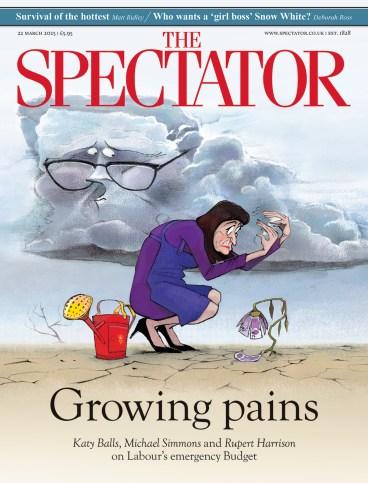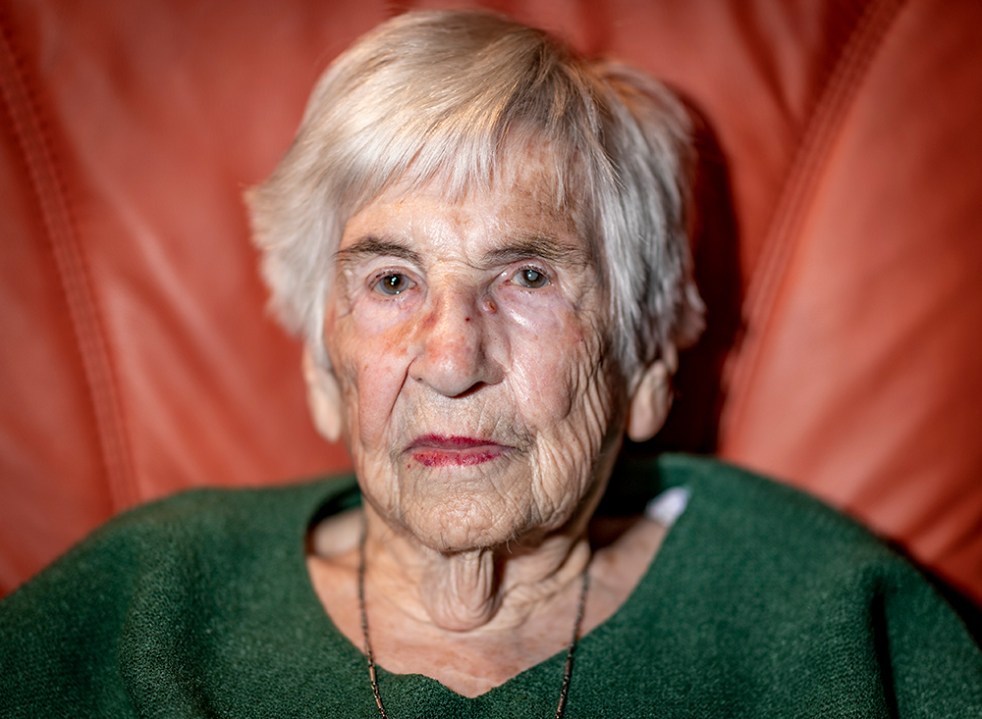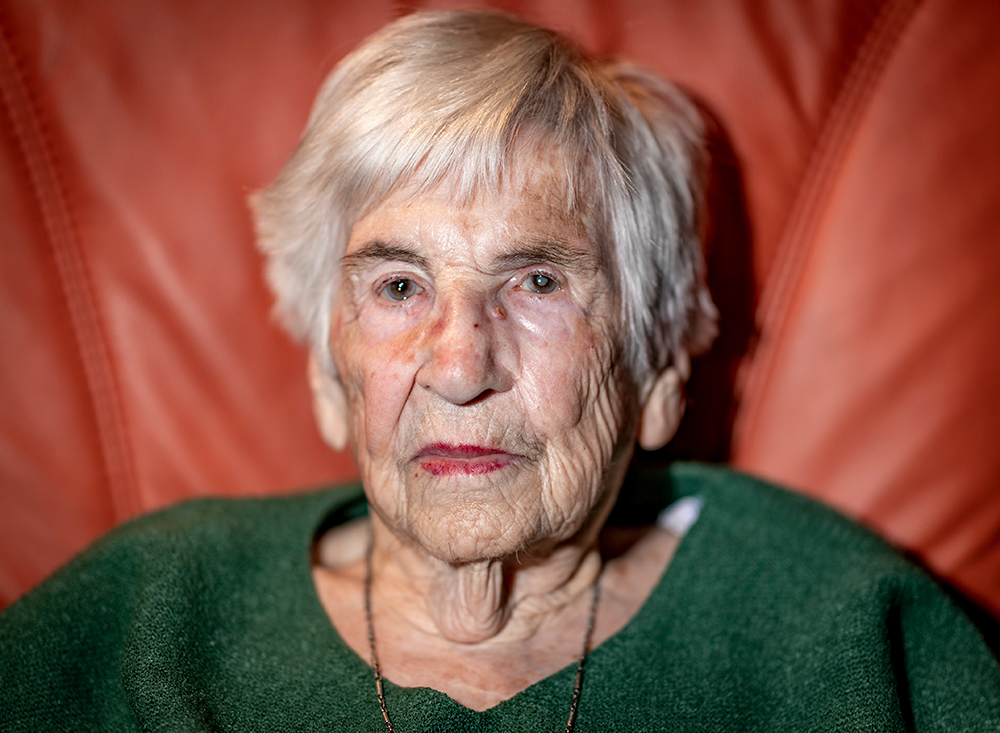
Anita Lasker survived the Holocaust because, as a Berlin teenager, she had enjoyed her cello lessons. The Hungarian Lily Mathé’s violin performances had once impressed the man who became the Auschwitz concentration camp commandant. Alma Rosé, among Europe’s most talented musicians and the niece of Gustav Mahler, became the conductor who kept these young women and more than 40 others alive through ‘ferocious discipline’ and determination. In The Women’s Orchestra of Auschwitz, Anne Sebba recounts these intertwined stories with great sensitivity. She also explores the ethical questions that haunted the survivors who were once forced to play melodies in the darkest moments of the 20th century.
The ash from human remains settled inside some of the instruments as ‘a layer of fine black dust’
Aged 18 when she was transported to Auschwitz, and embarrassed to be seen naked during delousing, Anita mumbled to the young woman demanding her shoes that she was a cellist. It was a moment that saved not only her own life but also that of her younger sister Renate. Arrested in 1943 as they tried to reach southern France on home-forged papers, the Jewish sisters had shared a capsule of cyanide given to them by a friend, only to discover that it contained icing sugar. ‘Our relief at still being alive was enormous,’ Anita later said. Separated in prison, the sisters arrived at Auschwitz on different transports. Immediately drafted into the orchestra, Anita found she was their entire bass section: she suddenly had value. When Renate arrived, she recognised Anita’s shoes on another woman’s feet and, against all the odds, they were reunited.
Luck was essential for anyone to survive the bitter cold, slave labour, starvation rations, typhus epidemics and regular selections for the gas chambers, as well as the general arbitrary violence at Auschwitz. Musicality gave a few women a further chance. Established in April 1943, the women’s orchestra had 40 members at its height, although, Sebba notes, there were never more than six ‘true’ musicians. Most were teenagers, one just 14 years old. Recruits were astounded to be ‘auditioned’ by the famous Alma, who would take anyone who could play plausibly before demanding constant training towards musical perfection. Despite her fierce temper, they appreciated that it was Alma who burnished them into an orchestra good enough to be considered worth saving. Alma also won them small but critical privileges, such as blankets, underwear and eventually a floor and a stove. There was some discord between the Jewish and non-Jewish members of the orchestra – theirs was the only block with such diversity – but they knew that their lives depended on their collective endeavour.
The orchestra’s main role was to play marching music to hurry other prisoners to and from their forced labour each morning and evening. As a result, although themselves enslaved, some of the musicians felt complicit in the Nazi project. Concerts for the guards were also heard by new arrivals, the sick and general prisoners. Some considered the orchestra members collaborators, but others might be at least emotionally transported ‘beyond the barbed wire’. The surviving musicians later made clear that they may have played elsewhere in the camp ‘during’, but never ‘for’, selections for the gas chambers. Such fine distinctions felt crucial. Yet the smell of death pervaded the camp, and the ash from human remains settled inside some of the instruments as ‘a layer of fine black dust’.
The women’s orchestra was silenced in October 1944 when the Auschwitz prisoners were deported or force-marched to camps inside Germany. Almost all survived, but Alma had died that April, not in the gas chambers but of a sudden illness. Lily had helped to keep the orchestra going over their last desperate months.
Lily, Anita and Renate were among those eventually liberated at Bergen-Belsen in April 1945. Among the British soldiers was Major Eric Rubinstein, a 32-year-old tank commander charged with organising provisions – possibly alongside Anita, who acted as a translator for the officer ‘in charge of stores’. Rubinstein was Sebba’s father, giving extra poignancy to her interviews for this deeply moving book.
Anita and Renate were reunited with their only living relative after Anita spoke about the horror of the camps for the BBC. Later, settling in London as a founder member of the English Chamber Orchestra, Anita was finally the professional cellist she had always dreamed of becoming. One day she bumped into Lily in a department store. Like many survivors, both women had dedicated much time to bearing witness to the Holocaust. Despite having sworn never to return to Germany, in 2018 Anita told the German parliament: ‘For many, hearing music being performed in this living hell was the ultimate insult. But for others, perhaps, it was a chance to dream of another world, if only for a few moments.’
This complex story pays fine tribute not only to the women’s orchestra but also to their captive audiences, who remained as affected by the music as by the inhumanity that surrounded them.








Comments